SGGP
As part of its Belt and Road Initiative (BRI), China is ambitiously expanding its 5,500km-long trans-Asian high-speed rail network southward, across Southeast Asia.
Debt trap for poor countries
One of the biggest BRI projects is the East Coast Rail Link (ECRL), signed between Malaysia and China Communications Construction Company (CCCC), with an initial cost of about $20 billion. The 688km line is designed to connect Malaysia’s east coast to the busy waterway via the Malacca Strait in the west, and also link the capital Kuala Lumpur with southern Thailand.
The ECRL project was suspended in 2018 following political turmoil in Malaysia, when Prime Minister Najib Razak lost the election. The country claimed the cost was too high, while they had to deal with the huge debt left by the former Prime Minister Najib's administration. After renegotiations, the parties agreed to continue construction, but reduce the cost to 10.7 billion USD and reduce the length of the route by 40 km.
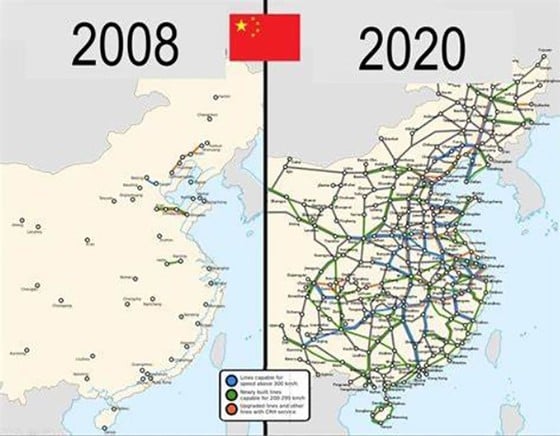 |
Graphic of China's railway system from 2008-2020 |
The concern about China’s overseas infrastructure projects is that it often provides loans (not grants), and takes control of the project if the recipient cannot repay the debt, as in the case of Hambantota port in Sri Lanka. This situation has led Western critics to accuse China of pushing poor countries into debt traps. The Chinese-built Jakarta-Bandung high-speed rail project has also left Indonesia facing huge debt. The 143km line is expected to reduce travel time between the two cities from 3.5 hours to 45 minutes, and is a key part of the BRI. The line was originally scheduled to be completed in 2019, but construction is still underway three years later. Meanwhile, the cost has increased by nearly 20%, from $6.7 billion to more than $8 billion, entirely funded by Chinese loans. The Chinese contractor has also delayed the project’s completion date to the end of 2022.
Constantly expanding
China has only a little over a decade of experience operating high-speed rail. However, Japanese experts and officials admit that China has caught up with the technology of Shinkansen, the world's oldest high-speed train system in Japan. In terms of speed, Chinese trains can reach a maximum speed of 350 km/h, the fastest in the world, while Japan's Shinkansen is 320 km/h.
In October 2021, the first high-speed train on the China-Laos railway was delivered to the capital Vientiane and handed over to the operator. The 414km-long line connecting the border town of Boten (bordering Yunnan province) with Vientiane, was constructed by the China National Railway Group (CNRG) and completed after 5 years. This is the first BRI project completed in Southeast Asia with the ambition to connect Kunming city in Yunnan, China, with Laos. According to the World Bank, this high-speed railway line could help increase trade volume between China and Laos from 1.2 million tons in 2016 to 3.7 million tons in 2030. The travel time by train from Vientiane to Boten is only 4 hours, compared to 15 hours by car. At Boten, the train will connect to the 595km-long railway line to Kunming. Meanwhile, in Vientiane, the train will connect with part of the railway that Thailand is building in cooperation with China.
In addition to the economic impact, railway projects with China are also said to have a geopolitical impact on Southeast Asia. Kent Calder, a professor at the School of Advanced International Studies at Johns Hopkins University in the US, pointed out that increased traffic between countries will deepen economic and human ties, bringing China closer to Southeast Asian countries. “Clearly the high-speed railway is a political train, because it is part of China’s plan to connect with Southeast Asia,” said Dr. Surachart Bamrungsuk, a professor of political science at Chulalongkorn University in Thailand. However, Professor Calder still believes that such concerns will not stop China’s railway ambitions in Southeast Asia, as well as many other regions in the world. Similarly, economists believe that China-backed infrastructure projects in Southeast Asia in particular, and Asia in general, will continue, due to the attractiveness of Chinese investment and market.
Source





![[Photo] Hanoi morning of October 1: Prolonged flooding, people wade to work](https://vphoto.vietnam.vn/thumb/1200x675/vietnam/resource/IMAGE/2025/10/1/189be28938e3493fa26b2938efa2059e)


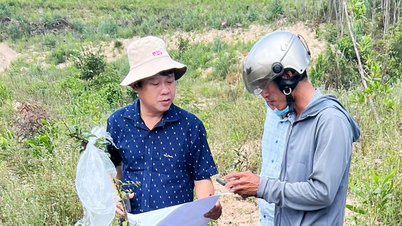
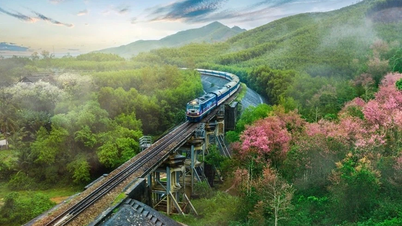

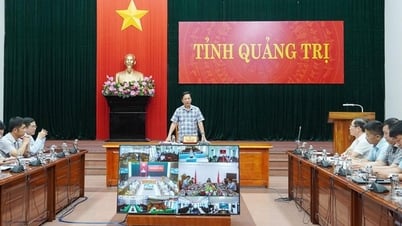

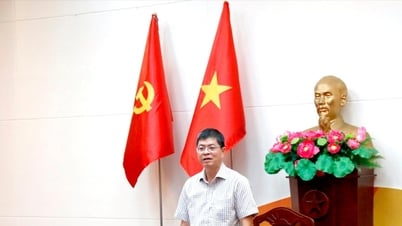

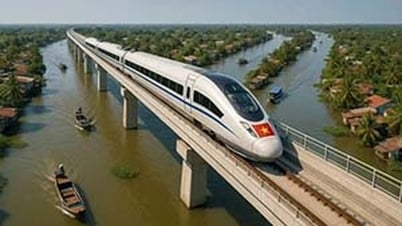

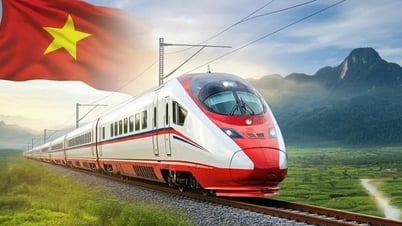




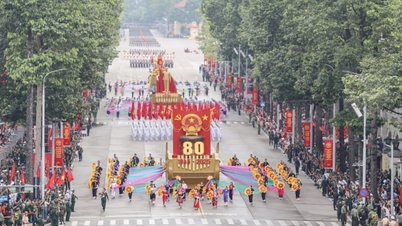
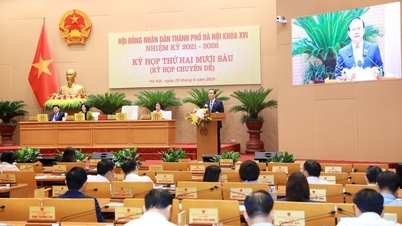
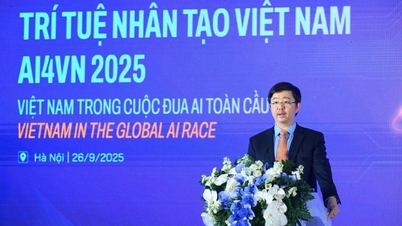
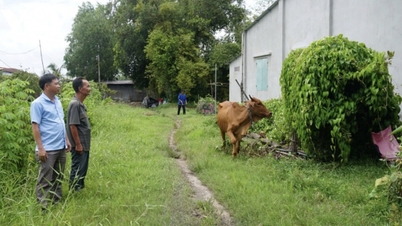




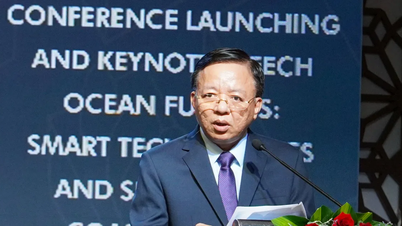
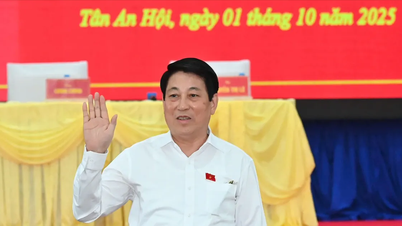
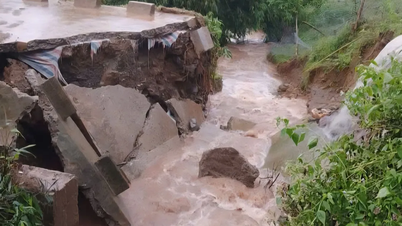

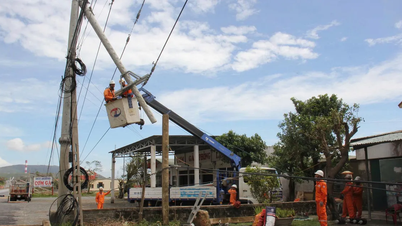
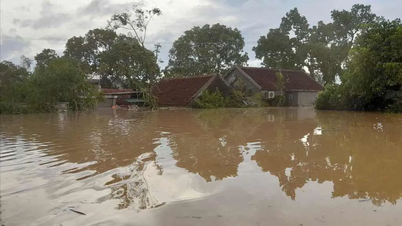

![[Photo] Panorama of the cable-stayed bridge, the final bottleneck of the Ben Luc-Long Thanh expressway](https://vphoto.vietnam.vn/thumb/1200x675/vietnam/resource/IMAGE/2025/9/30/391fdf21025541d6b2f092e49a17243f)










































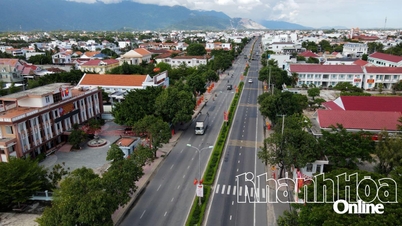

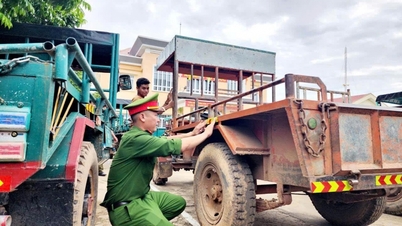














Comment (0)